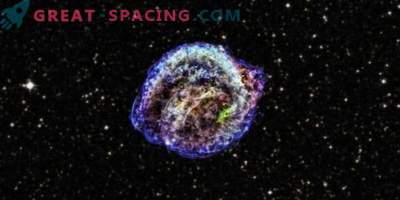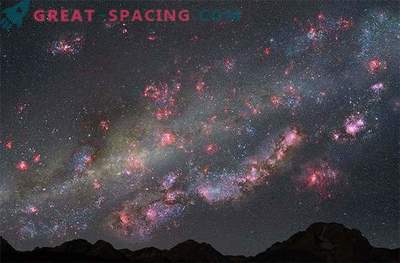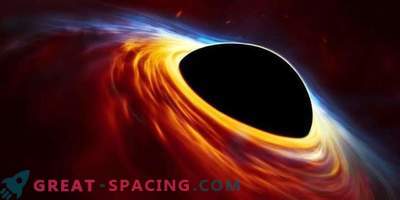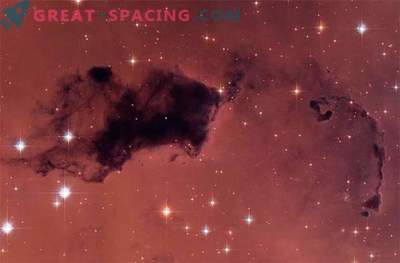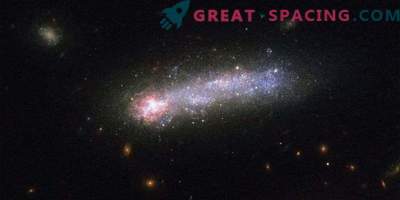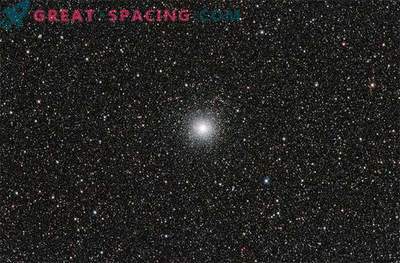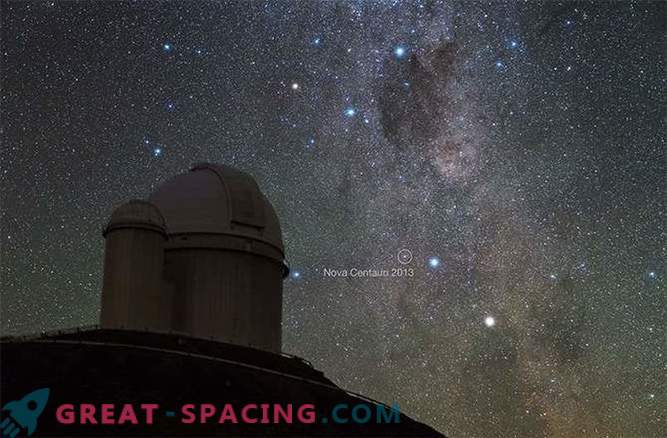
Lithium was detected in a substance remaining after the star's explosion. Perhaps this will give some information about the main source for the formation of young stars, revealing the secret to astronomers, which they have been trying to solve for more than a decade.
The event, known as Supernova, appeared in the southern sky in December 2013 next to the bright star Beta Centauri. It is believed that the supernova occurred in a binary star system, where a white dwarf (star) "pulls" hydrogen from its binary partner. Once this substance, which consists of the cosmic body, has managed to reach a critical mass. Hydrogen undergoes a fusion reaction, causing a white dwarf to flare up.
It has long been known that stars can produce a wide variety of chemical elements, which together form special gases. It was they who later served as the material for the formation of new space bodies. However, although lithium in theory could also have been produced by an explosion, astronomers could not detect any of its traces on younger supernovae. Lithium is one of many elements thought to have been created by the Big Bang about 14 billion years ago. However, scientists have observed a greater amount of matter in younger stars than in old ones. This suggests that there is another mechanism for creating a modern universe.
So, in the 1970s, the attention of scientists shifted to supernovae, as if to a suspect. One theory, not so often mentioned and not so relevant, says that in the process of the development of the Universe there was a huge number of stars of the Milky Way, which caused an abundance of lithium. Observation of new space bodies showed a large content of this element in them, but they turned out to be fruitless.
When the 2013 Centauri supernova (also known as V1369 Centauri) caught fire in the sky, its light was visible to the naked eye. Until now, it can still be seen using special equipment.
The results of a new study on Wednesday in Astrophysical Journal Letters were published. Luco Izzo of the University of Rome La Sapienza, Italy, and his team used the Feros tool on the MPG / ESO 2.2-meter telescope at the La Silla Observatory in Chile, and the PUCHEROS spectrograph on the ESO 0, 5 meter telescope at the Catholic University Observatory in Santiago, to enlarge the image of V1369 Centaurus. The data obtained showed that the lithium produced by the explosion flies at approximately 2 million kilometers per hour (or 1, 2 million miles per hour).
“This is a very important step forward,” said co-author Massimo Della Valle from the Capodimonte Observatory, Naples, and ICRANet, Pescara, Italy. "If you imagine the history of the chemical evolution of the Milky Way as a big puzzle, the resulting lithium from the new stars was one of the most important, but mysteriously missing substances. In addition, any Big Bang theory can be questioned until the mystery of lithium is solved ".
Billions of stars exploded, but the amount of matter was found to be negligible throughout the history of the galaxy. The question "why do young stars contain more lithium than the old ones?" remains open.



